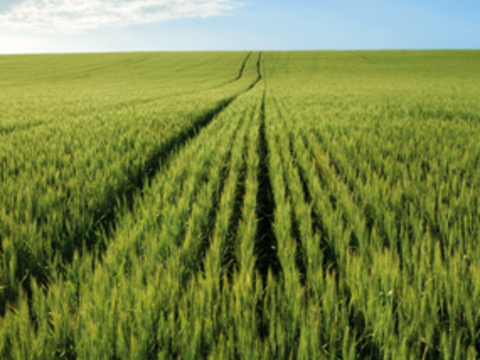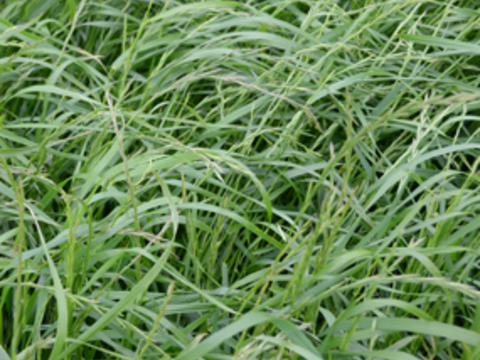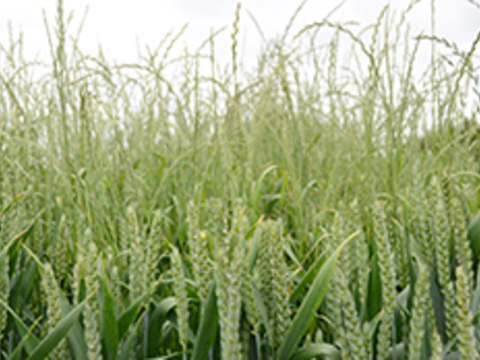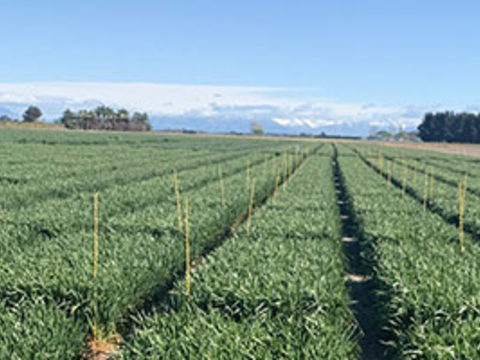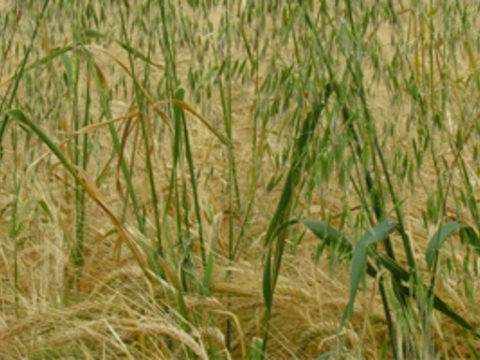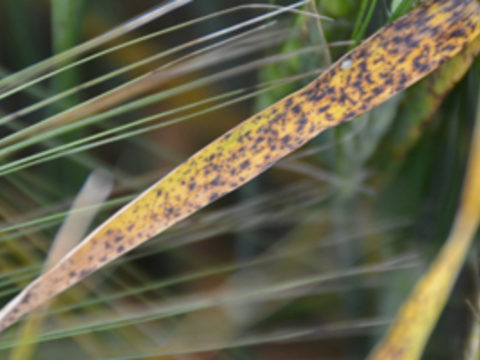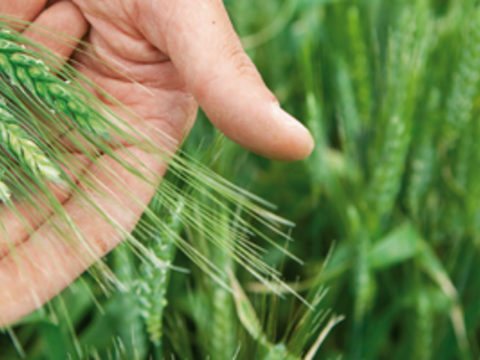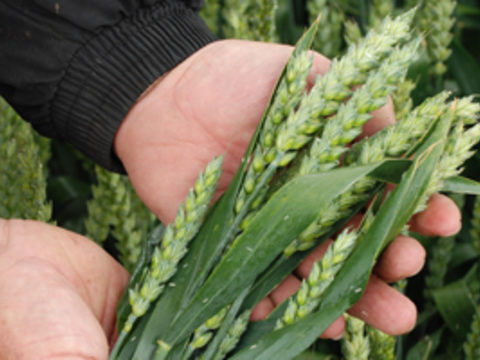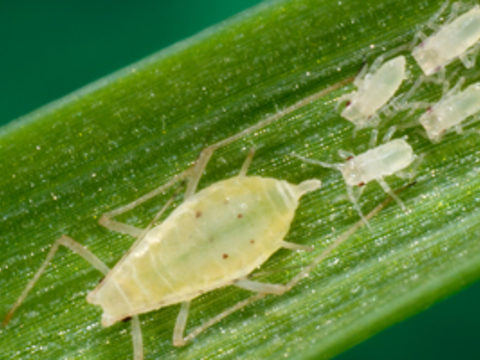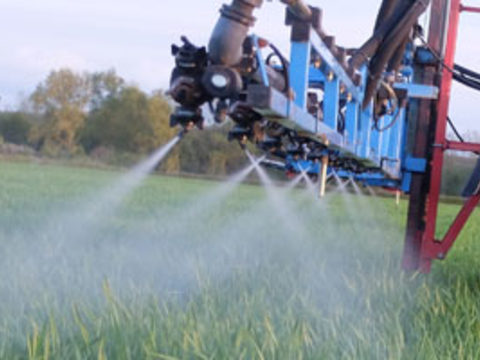6 steps to reduce the risk of lodging in cereals
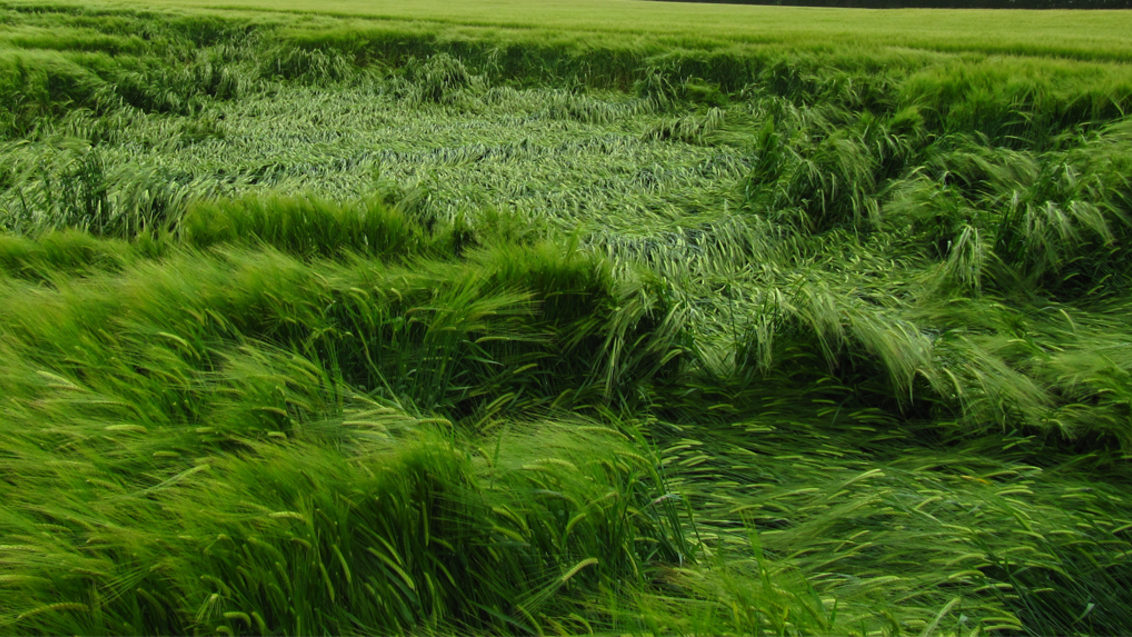
Flat cereal crops can delay harvest, reduce grain quality and increase drying costs
Here’s a step by step guide to keeping crops standing:
1. Remember how hard lodging hits
- Bad lodging can wipe an average of 2.5 t/ha off crop yield.
- Flat crops can delay harvest, reduce grain quality and increase drying costs.
2. Take account of agronomic risk factors
- Grow varieties with good root anchorage on light soils.
- Use seed rates appropriate to drilling dates to prevent overcrowding of roots and shoots.
- Delay nitrogen applications on thick crops until after start of stem extension to prevent weak ‘leggy’ plants.
- Assess ground cover at GS31 to gauge lodging risk (thicker cover increases the risk of lodging).
3. Take account of the reasons why crops lodge
- Wheat varieties can suffer root or stem lodging, or both.
- Barley tends to lodge in the stem.
4. Use a tailored approach to variety and agronomic factors
- Refer to the FAR Cultivar Evaluation booklet for straw strength and crop height for each variety.
- Contact the relevant seed company for agronomic advice on specific varieties.
5. Consider PGRs to overcome agronomic risks
- A well timed PGR such as Moddus® Evo can improve stem strength and root anchorage, and shorten crop height.
- Moddus Evo can give 20% increase in stem strength and 43% increase in root volume.
6. Don’t be tempted to cut back on PGR
- High yielding crops are more at risk of lodging.
- The margin over chemical cost from lodging prevention can be over $1,000/ha in a bad lodging year.
Factors influencing the risk of lodging
• Heavy rainfall or irrigation can weaken the top two inches of soil, increasing the risk of root lodging.
• Earlier sown crops can grow taller and produce more tillers with longer, thinner and weaker stems.
• High levels of soil nitrogen, or nitrogen applied before the start of stem extension produces longer internodes and weaker stems.
• Irrigated crops stay in the ground for longer, increasing the risk of wind damage prior to harvest.
• Lodging can reduce yields by up to 75% if crops lodge at ear emergence.
• Later lodging has less effect on yield, but can impact grain quality, harvest speeds, and drying costs.
Click here to download the Technote on how to reduce the risk of lodging in cereals.

